Guanosine-5'-triphosphate disodium salt
Synonym(s):5′-GTP-Na2;GTP;Guanosine 5′-triphosphate sodium salt hydrate
- CAS NO.:56001-37-7
- Empirical Formula: C10H17N5NaO14P3
- Molecular Weight: 547.18
- MDL number: MFCD00083629
- EINECS: 259-940-7
- SAFETY DATA SHEET (SDS)
- Update Date: 2025-01-27 09:38:02
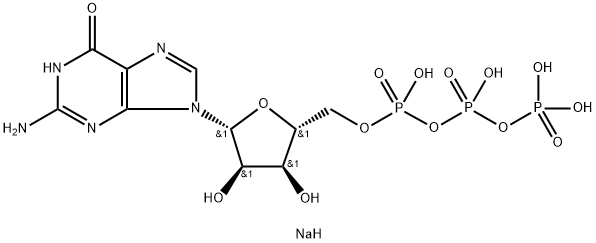
What is Guanosine-5'-triphosphate disodium salt ?
Chemical properties
White crystalline powder
The Uses of Guanosine-5'-triphosphate disodium salt
A phosphoryl donor in protein synthesis and signal transduction
The Uses of Guanosine-5'-triphosphate disodium salt
Guanosine 5?-triphosphate (GTP), a purine trinucleotide, is a substrate for RNA polymerases and a wide range of GTPase including G-protein coupled receptor (GPCR) GTPases and cell signaling and cycling associated guanine nucleotide exhange factors (GEF). Guanosine 5?-Triphosphate, Disodium Salt is a phosphoryl donor in protein synthesis and in signal transduction.
What are the applications of Application
Guanosine 5′-Triphosphate, Disodium Salt is a phosphoryl donor in protein synthesis and signal transduction
Properties of Guanosine-5'-triphosphate disodium salt
| Melting point: | 180°C |
| storage temp. | Inert atmosphere,Store in freezer, under -20°C |
| solubility | PBS (pH 7.2): 10 mg/ml |
| form | Powder |
| color | White |
| Water Solubility | Soluble in water. |
| CAS DataBase Reference | 56001-37-7(CAS DataBase Reference) |
Safety information for Guanosine-5'-triphosphate disodium salt
| Signal word | Warning |
| Pictogram(s) |
 Exclamation Mark Irritant GHS07 |
| GHS Hazard Statements |
H315:Skin corrosion/irritation H319:Serious eye damage/eye irritation H335:Specific target organ toxicity, single exposure;Respiratory tract irritation |
| Precautionary Statement Codes |
P261:Avoid breathing dust/fume/gas/mist/vapours/spray. P304+P340:IF INHALED: Remove victim to fresh air and Keep at rest in a position comfortable for breathing. P305+P351+P338:IF IN EYES: Rinse cautiously with water for several minutes. Remove contact lenses, if present and easy to do. Continuerinsing. P405:Store locked up. |
Computed Descriptors for Guanosine-5'-triphosphate disodium salt
| InChIKey | XIZYETZGWBYYEH-NGPBCCOENA-N |
| SMILES | O[C@@H]1[C@@H]([C@@H](COP(O)(=O)OP(O)(=O)OP(O)(O)=O)O[C@H]1N1C=NC2C(NC(N)=NC1=2)=O)O.[NaH] |&1:1,2,3,19,r| |
Related products of tetrahydrofuran
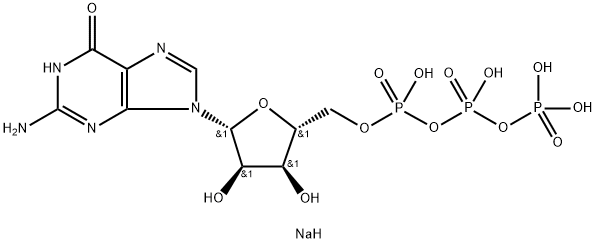
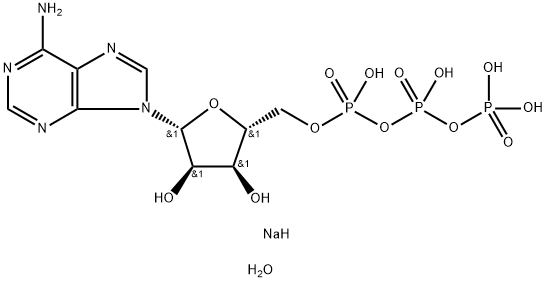
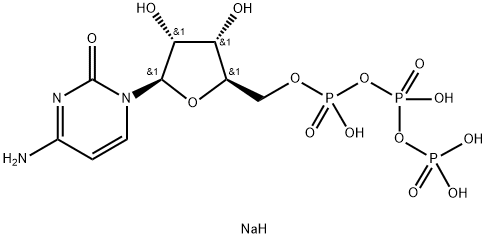
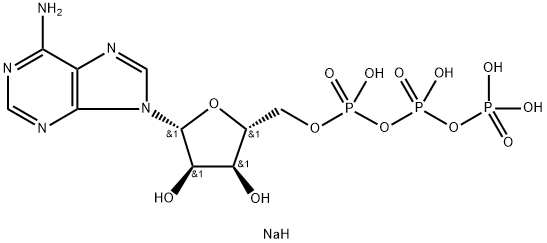
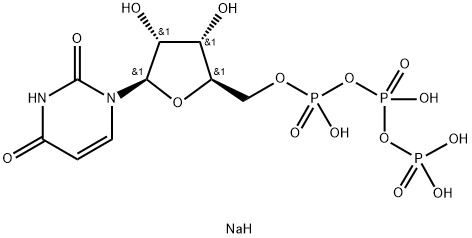
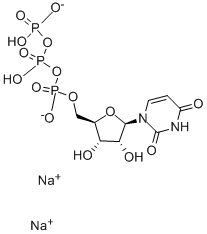
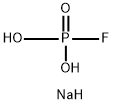

You may like
-
 Bismuth Lead Tin ingot (Rose's metal) CAS 56001-37-7View Details
Bismuth Lead Tin ingot (Rose's metal) CAS 56001-37-7View Details
56001-37-7 -
 Bismuth Lead Tin ingot (Rose's metal) CAS 56001-37-7View Details
Bismuth Lead Tin ingot (Rose's metal) CAS 56001-37-7View Details
56001-37-7 -
 Guanosine-5-Triphosphate Disodium Salt (5-GTP-Na2) extrapure CAS 56001-37-7View Details
Guanosine-5-Triphosphate Disodium Salt (5-GTP-Na2) extrapure CAS 56001-37-7View Details
56001-37-7 -
 Guanosine-5-Triphosphate Disodium Salt (5-GTP-Na2) extrapure CAS 56001-37-7View Details
Guanosine-5-Triphosphate Disodium Salt (5-GTP-Na2) extrapure CAS 56001-37-7View Details
56001-37-7 -
 Guanosine 5′-Triphosphate, Disodium Salt CASView Details
Guanosine 5′-Triphosphate, Disodium Salt CASView Details -
 106-43-4 Para Chloro Toluene (PCT) 99.00%View Details
106-43-4 Para Chloro Toluene (PCT) 99.00%View Details
106-43-4 -
 Pyrrolidine 99.00%View Details
Pyrrolidine 99.00%View Details
123-75-1 -
 12029-98-0 99.00%View Details
12029-98-0 99.00%View Details
12029-98-0
Statement: All products displayed on this website are only used for non medical purposes such as industrial applications or scientific research, and cannot be used for clinical diagnosis or treatment of humans or animals. They are not medicinal or edible.